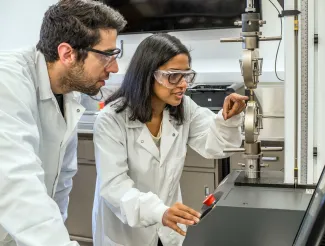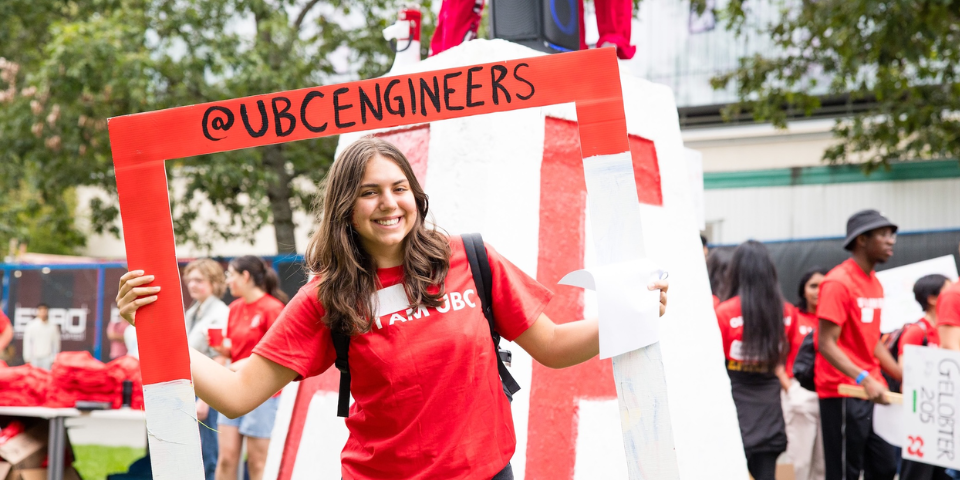Alberto Mussali, Ansis Liu
- Community Partner: Corvus Energy
- Degree:
- Bachelor of Applied Science
- Program:
- Campus: Vancouver
Our project
As part of an initiative to improve the allocation of labour, Corvus Energy required a subsystem designed to automate the compression of thermal compound on energy cells in producing energy storage systems (ESS).
Initially, the production station required the direct attention of an operator to actuate the press system for several minutes, which often drew personnel away from other, more crucial tasks.
Automation of such a system would include the implementation of a programmable logic controller (PLC) as well as a communications gateway (Raspberry Pi) to manage the compression process.
To aid Corvus Energy, we produced and organized the necessary issue-for-tender (IFT) documentation to begin the retrofit process.
Our inspiration
This capstone project was a fantastic opportunity to put into practice the skills and knowledge we acquired in our courses and advance industrial automation, a field of work that is fundamental to the study of manufacturing engineering.
Our biggest challenge
We devoted a great deal of time and effort to ensure that the designs we proposed met established safety requirements. Even so, implementing certain safety systems required expertise in electrical engineering and was beyond the scope of the project, so at times we had to scale back the scope of the IFT documentation we were preparing.
What excited us most
Group members were excited to plan, research and develop an automation subsystem. The project was also an opportunity to design and implement a demonstration prototype to test the efficacy of the code we wrote.
The most interesting/surprising thing we learned
In retrospect, it was interesting to observe how much interdisciplinary cooperation is necessary to implement any automation solution, as well as the sheer volume of work necessary to prove there was due diligence to justify every design choice. Many of the necessary safety measures needed for the press were beyond the scope of this project and would have required the input of a qualified electrical engineer.
Our project's future
Although the team did not have enough time to implement a proper retrofit of the press station, the client is likely to utilize the documentation produced as a foundation for the press station's final design. In all likelihood, the client will change the project's scope by adding or removing various functions to the automation system, causing a significant divergence from the proposed solution.






